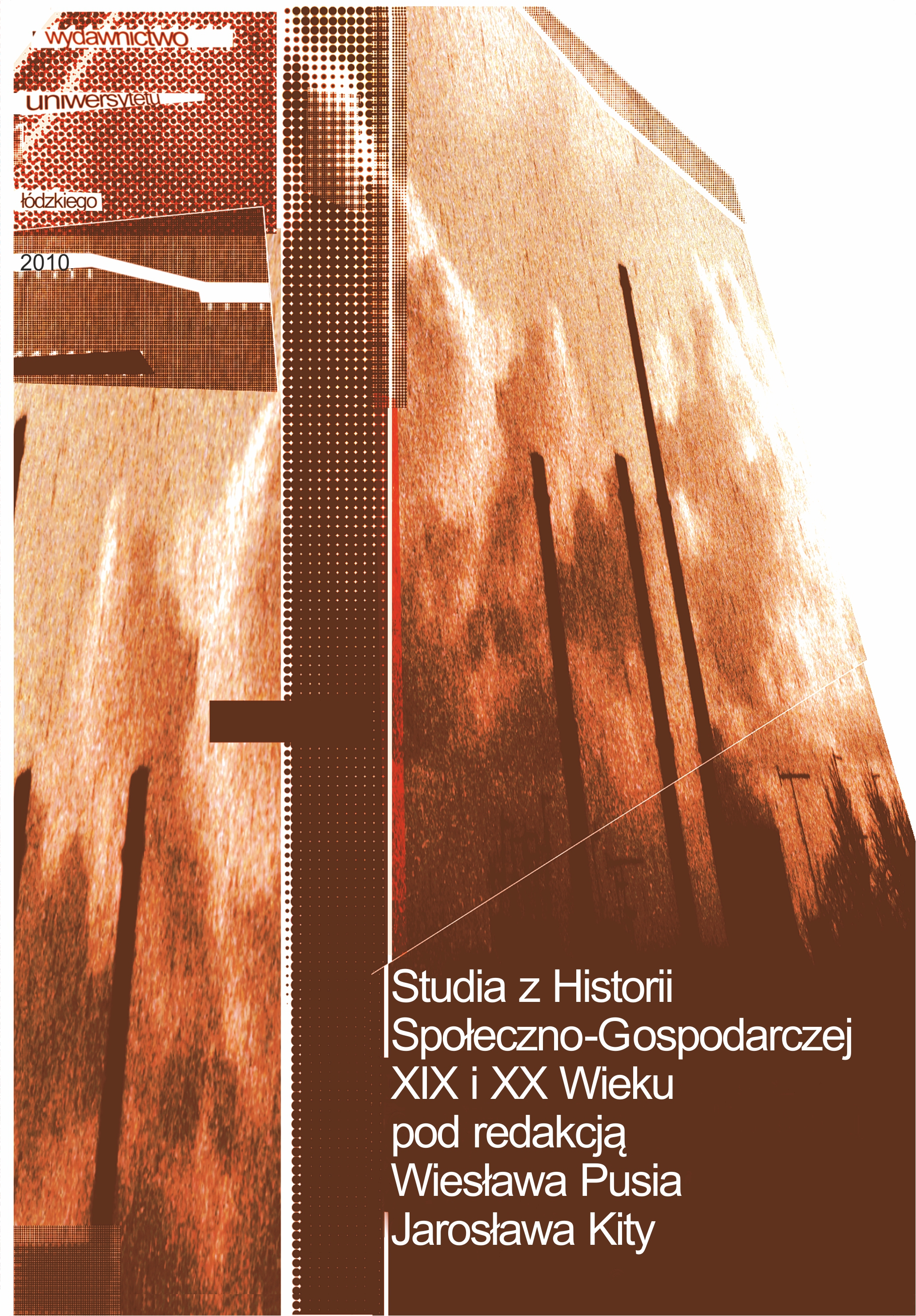Rola ziemiaństwa niemieckiego w industrializacji ziem polskich w latach 1815–1945
DOI:
https://doi.org/10.18778/2080-8313.08.06Abstrakt
In the years 1815–1945, the German land gentry took part in the process of industrialization of Polish lands on the territory of Prussia and the German Reich, the lands of which (those located east of the Oder and the Lusatian Nysa, except for the Kaliningrad Oblast) became part of Poland in the year 1945. These lands formed the following Prussian provinces: Brandenburg – i.e. part of the Frankfurt district (Brandenburg), Pomerania (Pommern), Poznań (Posen), East Prussia (Ostpreussen), West Prussia (Westpreussen or Pommerellen) and Silesia (Schlesien). Their total area was nearly 162,000 km2 and at the beginning of the 20th century they constituted as much as 46,4% of the territory of Prussia (about 30% of the territory of the German Reich).
The turning point that came in 1815 is connected to the fact that after the Congress of Vienna the government of Prussia made preparations to reform the system of ownership of country lands in order to make it more capitalist (Silesia and West Pomerania). The Prussian kings offered a great incentive to the land gentry (Junkers), as those members of land gentry who chose to seek mineral deposits on their lands (coal, ore, sulfur) and invested in the mining and processing of these minerals (mainly for military purposes), would be granted the privilege to add the title “von” to their name. A similar policy was implemented already at the beginning of 18th century by the Habsburg dynasty in Silesia.
There is no denying the fact that hundreds of German land owners added to the industrialization of Polish lands in the period of partitions. Some of them earned themselves a permanent place in the Polish and German historiography: Gwido Henckel von Donnersmarck (1830–1916) from Świerklaniec; Hans Heinrich the 15th Hochberg, the duke von Pless (1861–1938) from Pszczyna; Albert I duke of Thurn and Taxis (1867–1952) from Krotoszyn; Hugo, the baron of Wattmann (1876–1946) from Lubaczów; Franz von Winkler (1803–1851) from Miechowice; Franz, the count von Ballerstrem (1834–1910) from Pławniowice; Nikolas, the count von Ballerstrem (1900–1965) from Pławniowice; Friedrich von Schlaffgotsch (1883–1947) from Cieplice; Christian Kraft Fürst zu Hohenlohe-Oeringen von Ujest (1848–1926) from Ujazd (the Strzelce Opolskie district); Karol Stefan (1860–1933) and Karol Olbracht (1888–1951) Habsburg from Żywiec.
The members of German land gentry very rarely became industrialists. They usually did not run the companies themselves, neither those they owned, nor those they co-owned (as shareholders).
The participation of German land gentry in the industrialization of lands that currently constitute a part of Poland was mostly seen in the 19th and 20th century in the Upper Silesia (heavy industry), which, in 1945, wholly became part of Poland by virtue of the decisions made by the victorious countries during the Potsdam Conference. In 1945, Silesian factories and mines were nationalized and their owners left the Polish lands as a result of decisions made on the international level.
Pobrania
Opublikowane
Jak cytować
Numer
Dział
Licencja

Utwór dostępny jest na licencji Creative Commons Uznanie autorstwa – Użycie niekomercyjne – Bez utworów zależnych 4.0 Międzynarodowe.









